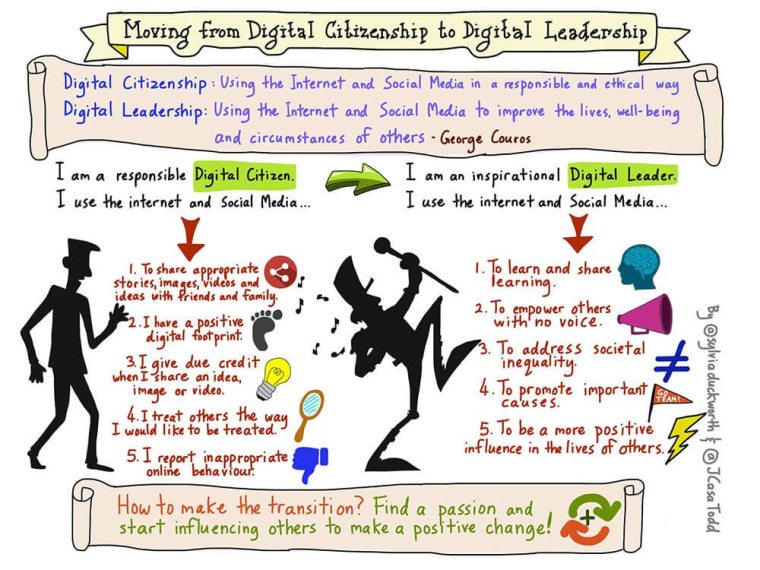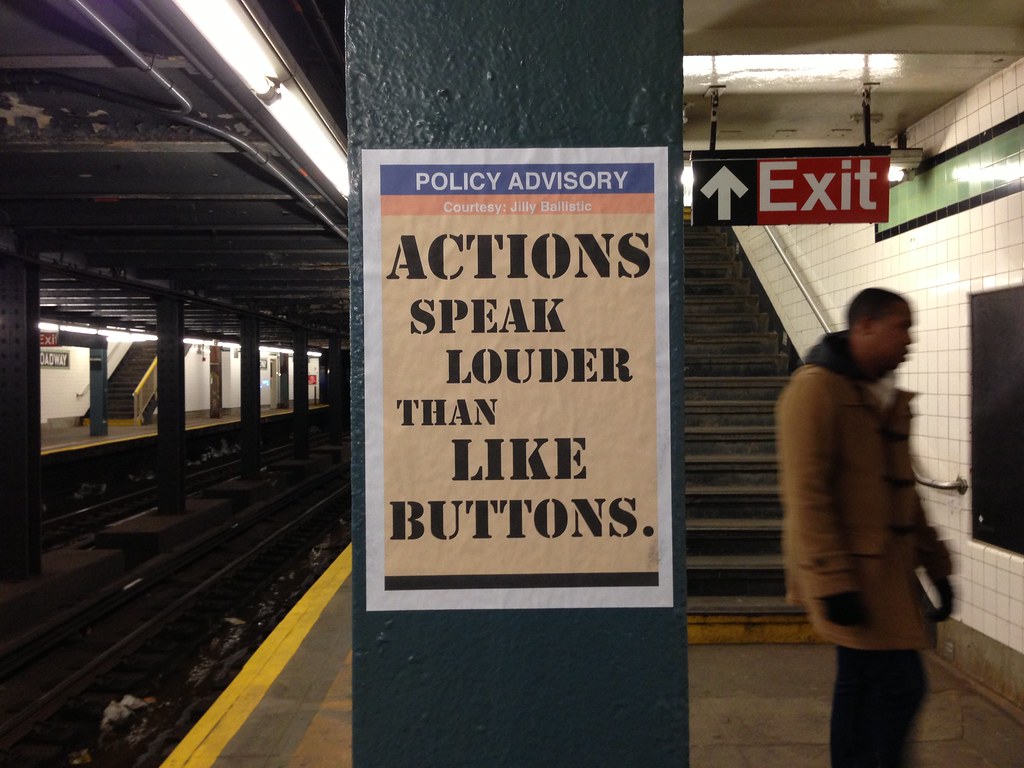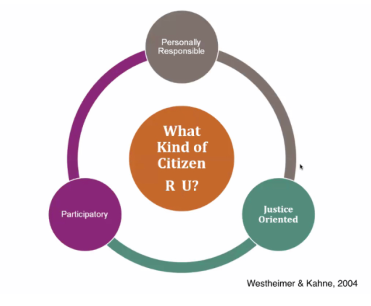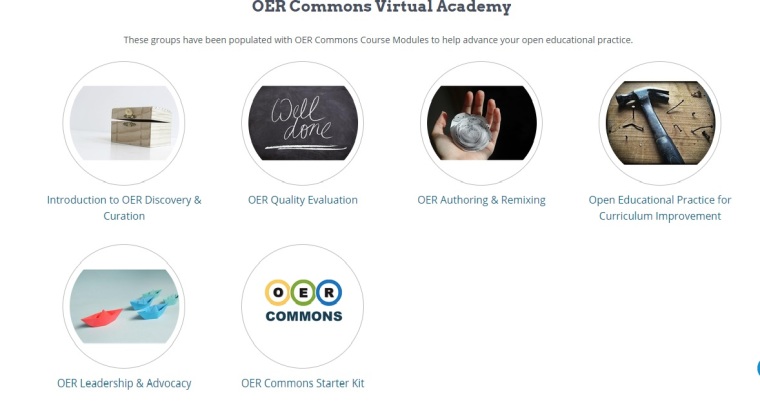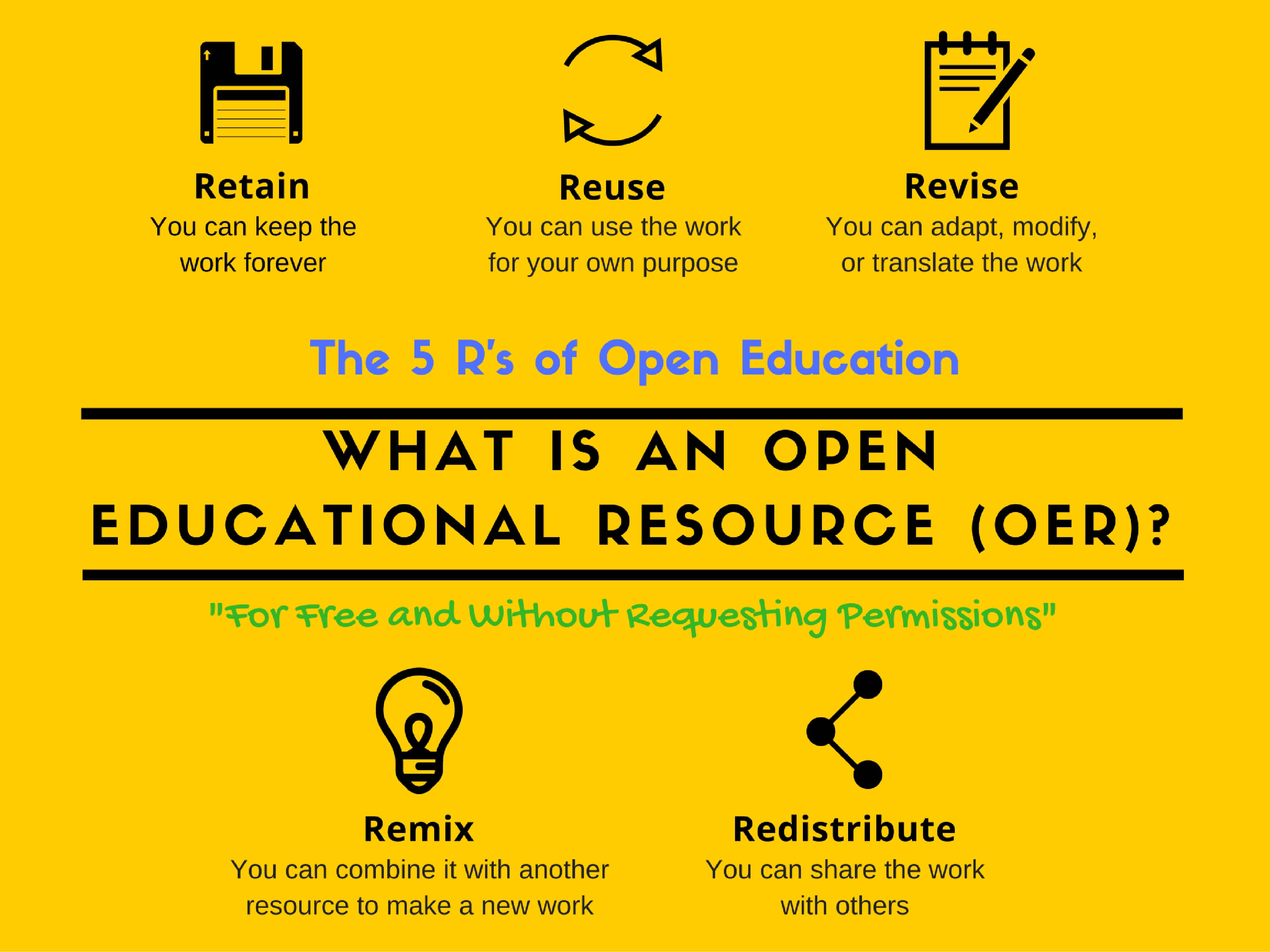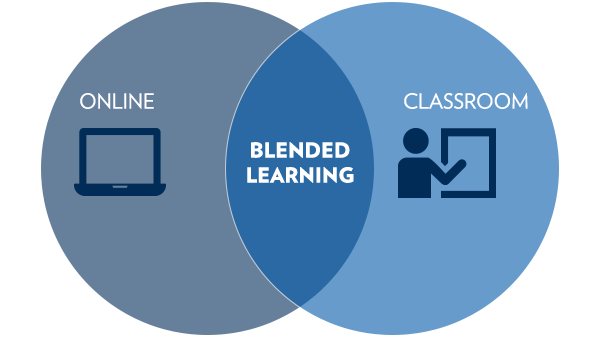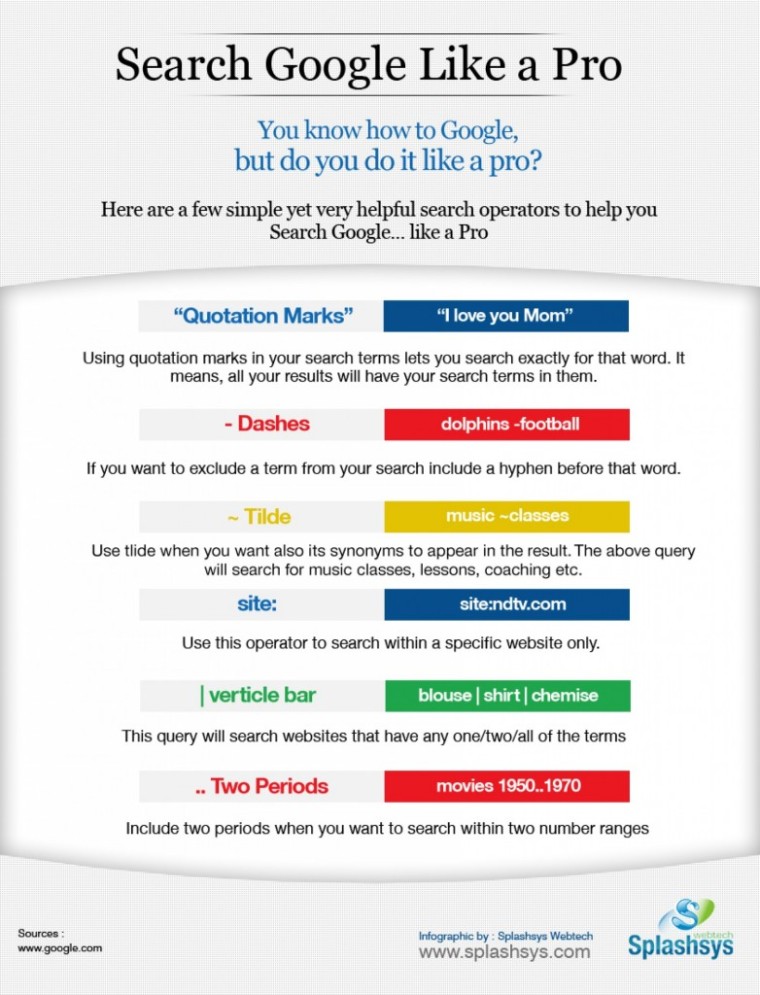Every Friday night, my family gathers for a big family dinner planned and executed by my mother. We call it “Friday Night Dinner” and it is something everyone looks forward to after a long week of work and school. I get to reconnect with my brothers and sisters and all the cousins run around and play. After dinner, we sit around our big dinner table and have conversations that usually bring out our generational divides (My parents, the 5 kids [siblings and myself], our partners and 7 grandkids).
- Parents – Baby Boomers
- Sister (1), Brother (2) – Gen X
- Brother (3), Me (4), Sister (5) – Gen Y-Millenials (ugh)
- 5 Grandkids – Gen Z
- 2 Grandkids – Gen Alpha
In short, we have our very own ‘generational divide’ focus group that meets weekly to discuss the latest issues and trends in our world. Generational stereotypes? Yup, we cover all those and more.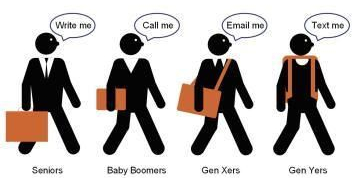 There are “OK, boomer” comments from the Gen Z’s, the Gen X’s calling the Millenials lazy (read my classmate Matteo’s post) and the phone-addicted Gen Z’s being anti-social in the corner. The Gen Alphas are usually in their own world, so there is still hope, right?
There are “OK, boomer” comments from the Gen Z’s, the Gen X’s calling the Millenials lazy (read my classmate Matteo’s post) and the phone-addicted Gen Z’s being anti-social in the corner. The Gen Alphas are usually in their own world, so there is still hope, right?
Although many sources use different birth years to determine your generation, I like this image below (from 2015), as it highlights and pokes fun at some of the typical opinions and experiences of each generation. 
During our class discussion, I wondered if being focused on generation gaps was something more prevalent today. But Dr. Couros showed us a few different magazine covers over the last 40 years, each one condemning the next generation as being lazy, entitled, etc. It appears that a common concern is that the next generation is “doomed” unless we do something about it. With an understanding of the gaps that exist between each generation, we can consider how these divides affect the world we are preparing our students for in the future.
What kind of world?
Gone are the days of sending students on prescribed educational paths that will result in 30-year careers in one industry. Teachers are often told we are teaching students for jobs that do not even exist. In fact, “in many industries and countries, some of the most in-demand jobs didn’t even exist five or 10 years ago — and the pace of change will only accelerate” and since it is impossible to know what the future holds, “the key to molding job-ready graduates is to teach students how to live — and learn — at the intersections” (Iste.com).
 These “intersections” are areas that interdisciplinary learning can take place and we can prepare our students by using models like ‘Portrait of a Graduate’. Many organizations have created their own ‘portrait’, but here is an explanation by the Oxford School District based in Oxford, MS. As educators, we have the task of preparing our students for the future by developing skills and a mindset to take on the challenges in their future world. The world we are preparing our students for is constantly changing, so I think it is important that we focusing on developing relationships with our students, which will allow us to curate their passions and help students find their spark.
These “intersections” are areas that interdisciplinary learning can take place and we can prepare our students by using models like ‘Portrait of a Graduate’. Many organizations have created their own ‘portrait’, but here is an explanation by the Oxford School District based in Oxford, MS. As educators, we have the task of preparing our students for the future by developing skills and a mindset to take on the challenges in their future world. The world we are preparing our students for is constantly changing, so I think it is important that we focusing on developing relationships with our students, which will allow us to curate their passions and help students find their spark.
Do schools need to change?
The article “Confronting the Challenges of Participatory Culture: Media Education for the 21st Century” describes new skills that need to be taught to students that build on traditional literacy, research skills, technical skills, and critical analysis skills currently taught in the classroom. These include:

“Confronting the Challenges of Participatory Culture: Media Education for the 21st Century” (p. 4)
In some ways, schools are already taking on these skills by incorporating the 4 C’s of 21st Century skills as described by my classmate Amanda in her post this week. Amanda explains that, “Cultivating a classroom environment around the 4 C’s also gives students the chance to become “knowledge-able” instead of just knowledgeable”.
Another classmate, Christina, explains that our schools need to change because our culture is changing and “We need to keep up with how the digital world is evolving or we will have students thrown into a world with no skills how to navigate it.” As educators in a 21st century world, we have a responsibility to keep up with these changes as life long learners. We can do this by participating in professional development, or taking relevant courses like EC&I 832!
(As a side note – consider reflecting on how you used technology in your first year as a teacher and compare it with the present day. The SAMR model is one way to consider our technology use and how it is evolving.)
I also think it is important to change how we frame digital citizenship conversations with our students. This includes moving from a cyber safety or fear/avoidance based model to our current model that emphasizes actions a responsible citizen should take. Last week, I created a video “What does it mean to be a (digital) citizen”, and I think it highlights the shift schools need to take with digital citizenship in schools.
What does citizenship look like in the future?
In the research for the video above, I found a lot of information about moving from a ‘personally responsible’ idea of digital citizenship and to consider using Westheimer’s framework of what it means to be a citizen. This includes looking at the benefits of participatory and justice-oriented citizens online.
At this point, digital citizenship and citizenship are intertwined as life does not exist without the Internet anymore. As educators, it is more than managing a digital footprint, but rather acting ethically online with knowledge and empathy and making the transition towards ‘Digital Leadership’ as described by George Couros. I love this visual from Sylvia Duckworth and Jennifer Casa Todd. We have the opportunity to inspire our students to find passion, influence others and make positive change!
Returning to my ‘Friday Night Dinner’ discussion at the beginning of the post, I am curious if we can shift our family conversation to look at the positives each generation has to offer. The Millenials are pretty good digital citizens, but it is the grandkids that will make all the difference. Everyday I learn something new from young people as they become digital leaders to promote positive change in our world. Even though the current passions might be the ‘Renegade’ dance, there is no denying their commitment and dedication. As educators, parents and adults in the lives of young people, we have the chance to cultivate these passions and help promote the wave of the future: digital leadership.
Until next time,


